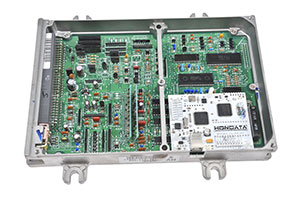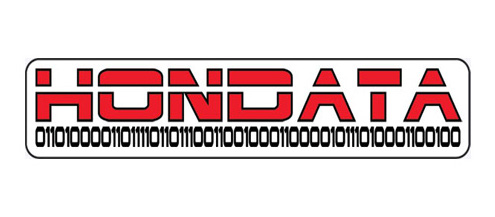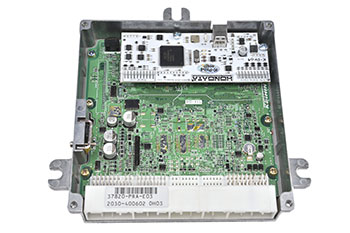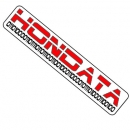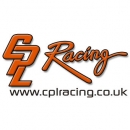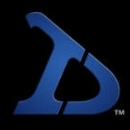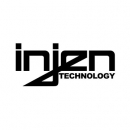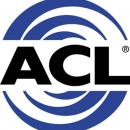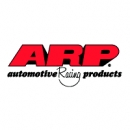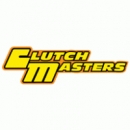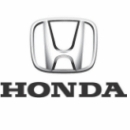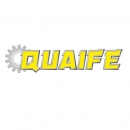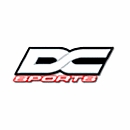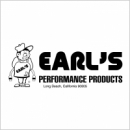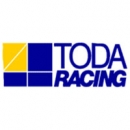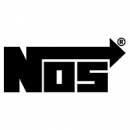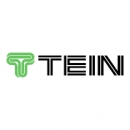- Home
- Shop
- Services
-
Technical
- ECU Identification
- Technical Support
- Hondata Flashpro FK8 Launch Control
- Hondata Flashpro FK8 Traction Control
- How to Read a Dyno Chart
- How To Correctly Measure Main Bearings
- Line Boring and Main Journals
- Cylinder Head Information - Part 1
- Cylinder Head Information - Part 2
- K24 Test Engine
- K24 Test Engine Part 2
- K24 Test Engine Part 3
- K24 Test Engine Part 4
- K24 Test Engine Part 5
- K24 Test Engine More Midrange Power
- Jackson Racing Supercharger DC5 RSX Diagrams
- Media
- Contact
Customer login
Line Boring and Main Journals
Line Boring and Main Journals
When building an engine, either for performance or refurbishment, there is one vital aspect right at the heart of the engine that is often overlooked – the main bearing housing in the block.
For the main bearings to do their job correctly, they need to be clamped into a housing that is the correct diameter within a very small tolerance. In addition to this it is essential that all of the housings are perfectly in line.
In the first instance let us take a look at the importance of the diameter.
If the main bearing was manufactured in one continuous ring, its outside diameter would be marginally larger than the bore of the main housing (commonly referred to as an ‘interference fit’).
The main bearings are manufactured in two halves in order to enable assembly. The interference fit is then achieved by what is referred to as ‘bearing crush’. This means that when the bearing halves are placed into the block, the two ends of the bearing stand slightly proud of the housing. This is so that when the bearing cap is torqued into place the appropriate interference fit is achieved.
It is clear that the diameter is of prime importance. If it is too large the appropriate interference fit is not achieved. This results in a bearing that is at risk of ‘spinning’, there will be a poor heat path to the block, and additionally the oil clearance can be affected. It is essential that both the engine manufacturer’s and the bearing manufacturer’s specification for the main journals are accurately checked.
In addition to the above it is essential that the main journals are perfectly in line. This is not as easy to check as the diameters, however if the diameters are incorrect then it is a fair assumption that the alignment is also out. A coordinate measuring machine is really the only way to check the alignment.
If you do find that the main journals do not meet the manufacturer’s specification then all is not lost, they can be brought back into specification by a process called ‘line boring’. This is a process whereby the main journals are re-cut to size using one continuous bar that contains multiple cutting tips.
The process firstly involves making all of the holes/main journals smaller, this is achieved by skimming a small amount of material from either the main caps/girdle or the block. This results in an undersized oval-shaped hole. Following this the line boring bar is precisely aligned with the block, and once aligned the journals can be bored to size. This usually involves more than one cut to achieve the manufacturers’ exacting requirements.
To demonstrate just how precise the journals need to be, typically there will be only a 20 micron tolerance over the entire length of the block (i.e. 20 thousandths of a millimetre)!
Share this page
Why shop with us?
Value For Money
Worldwide Delivery
Secure On-Line Payments
Browse our expanding range of premium quality CPL Racing products
Terms and Conditions of Trade
Privacy Policy
Returns Policy
© 2025. CPL Racing
CPL Racing is a trading name of Chamberlain Precision Limited
Registration number 4219332
Site By 321-Designs


